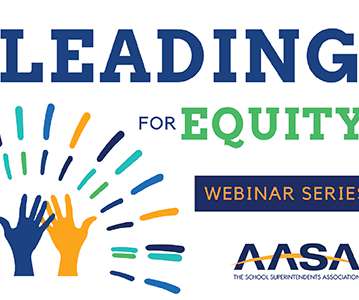HE Challenges: Fast changing digital teaching methods
Neo LMS
OCTOBER 2, 2018
In the previous posts on this topic our examination found that technology can and does help when it comes to improving completion rates , reducing tuition costs and helping universities to bridge the revenue gap. It seems that technical training is less relevant here than e-learning course design. Skills gap.































Let's personalize your content